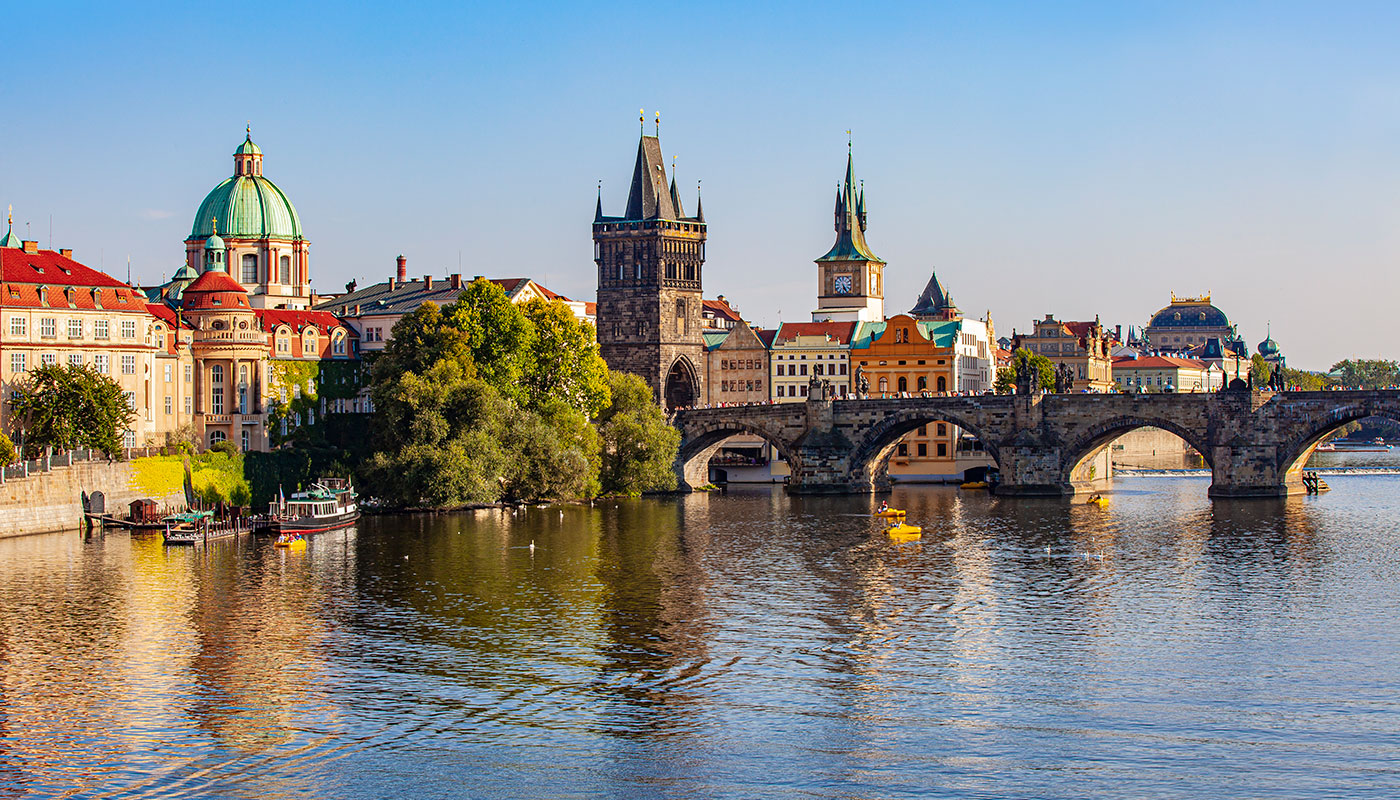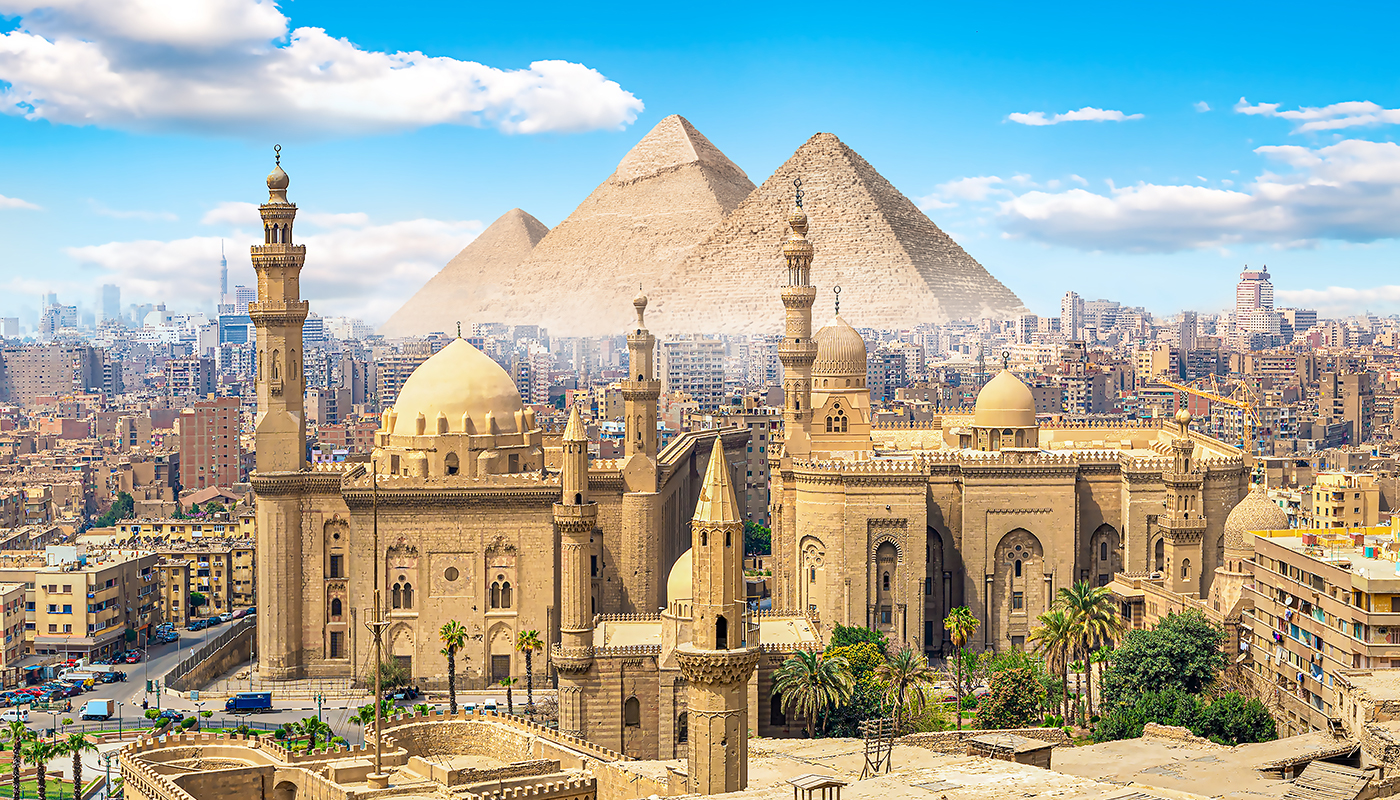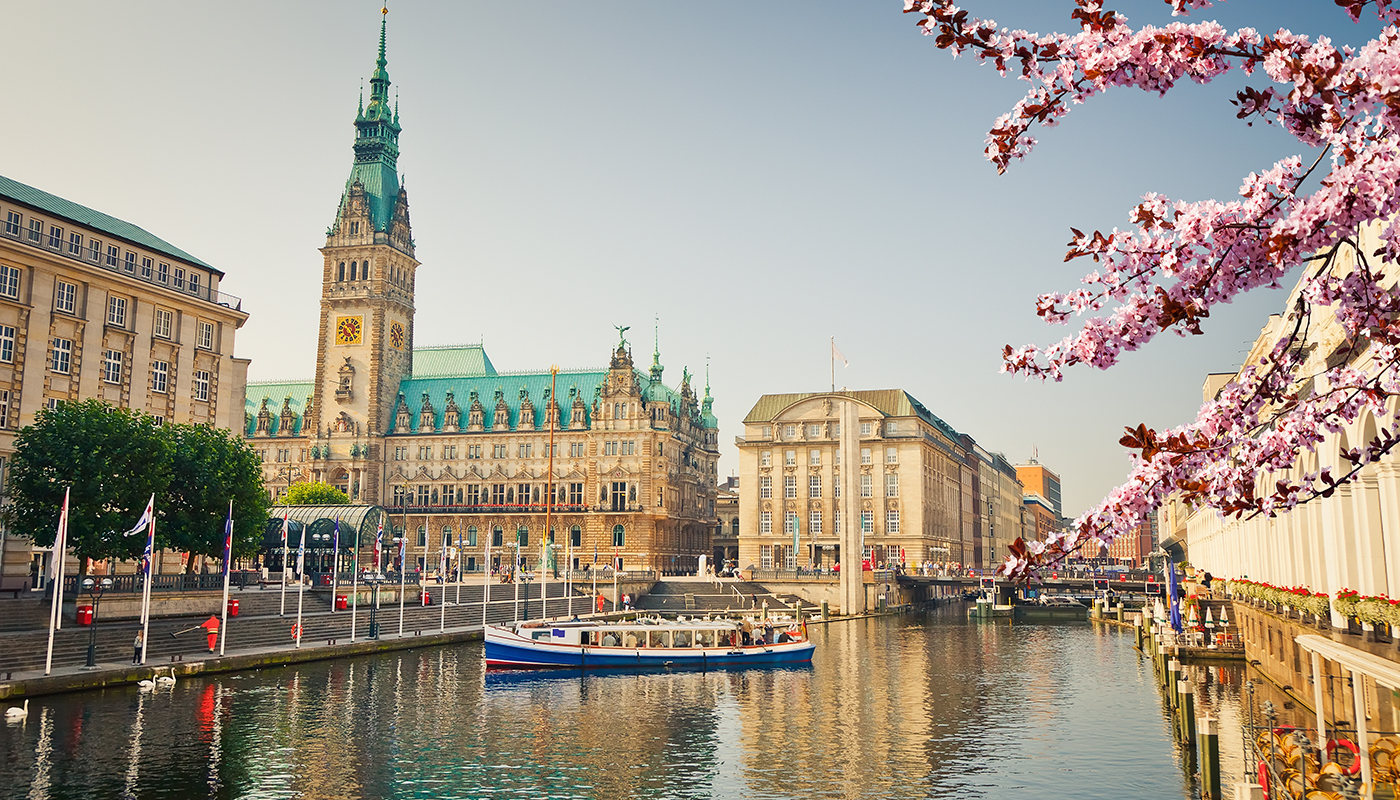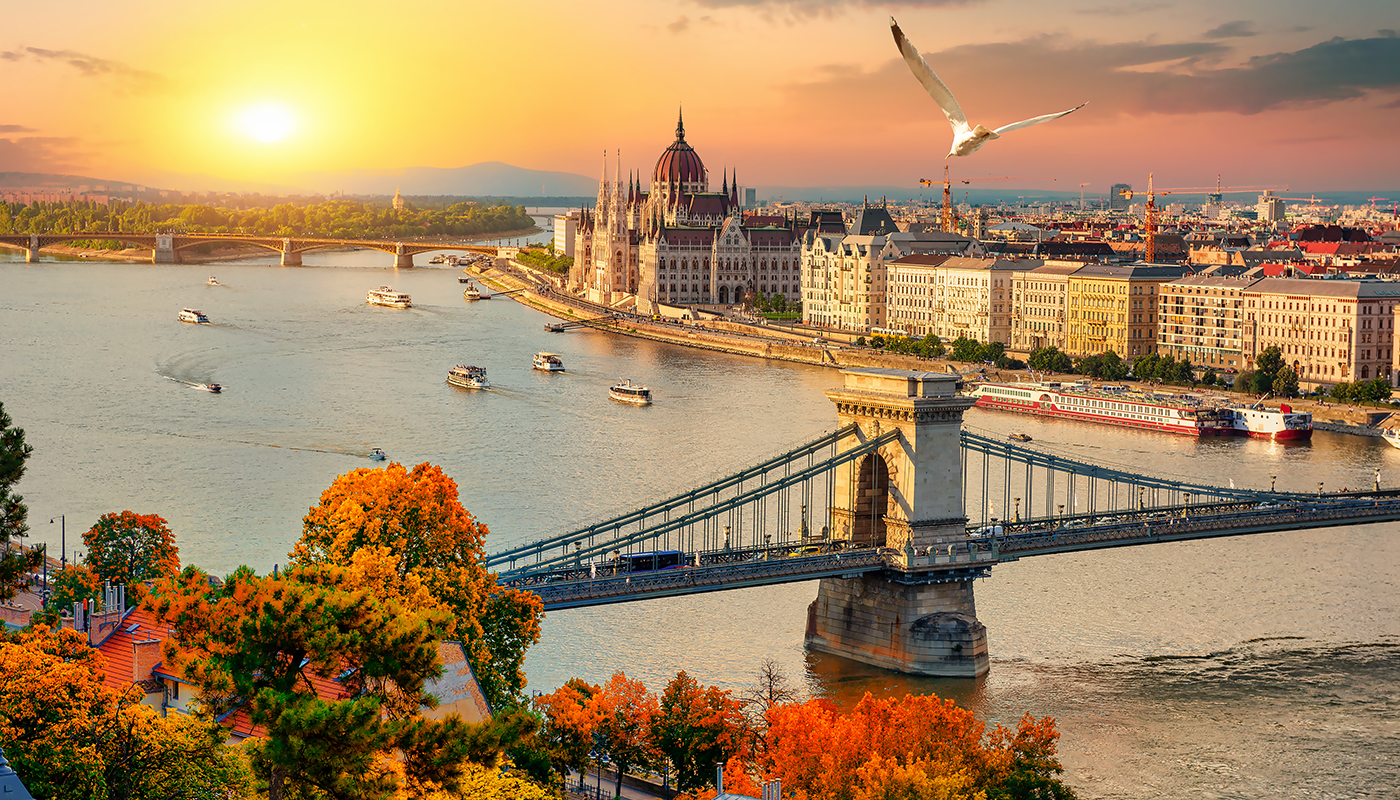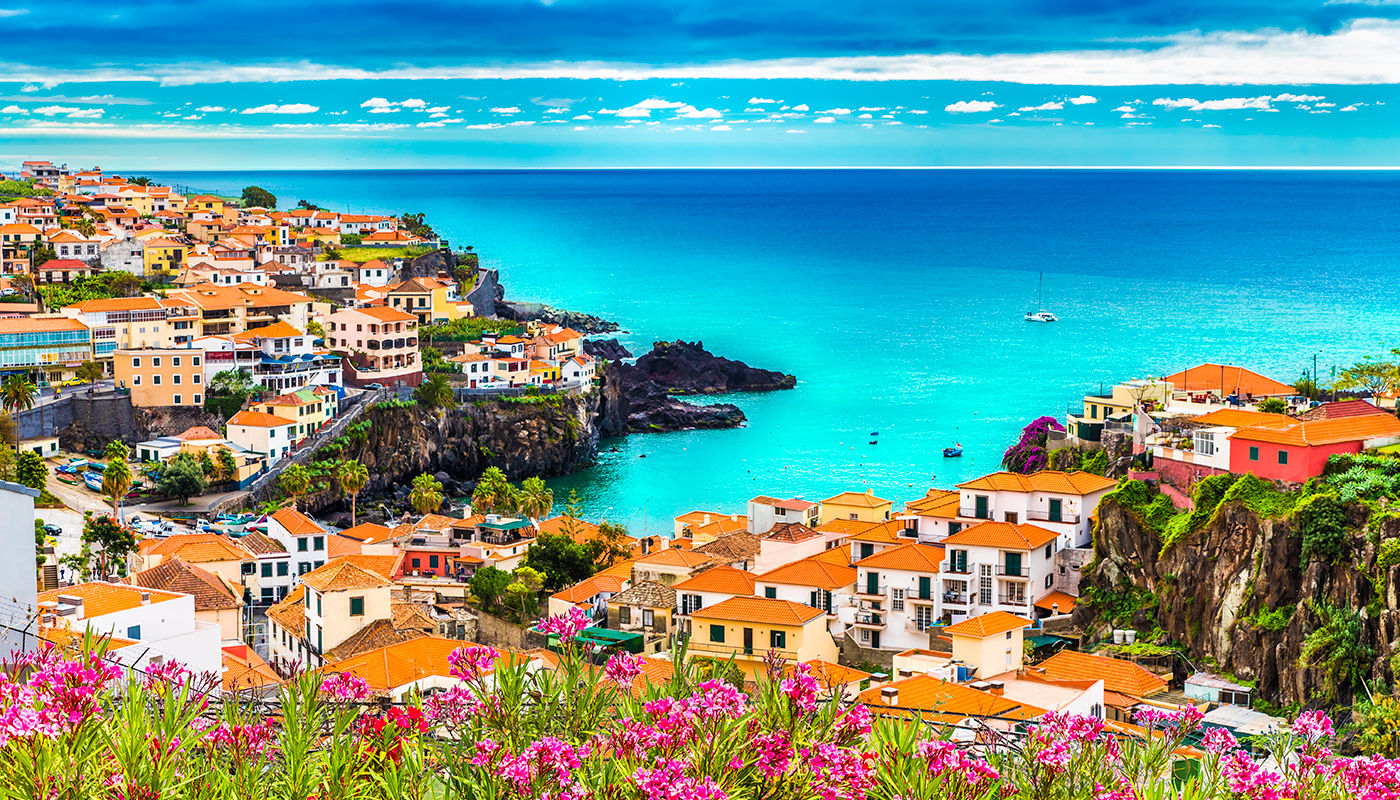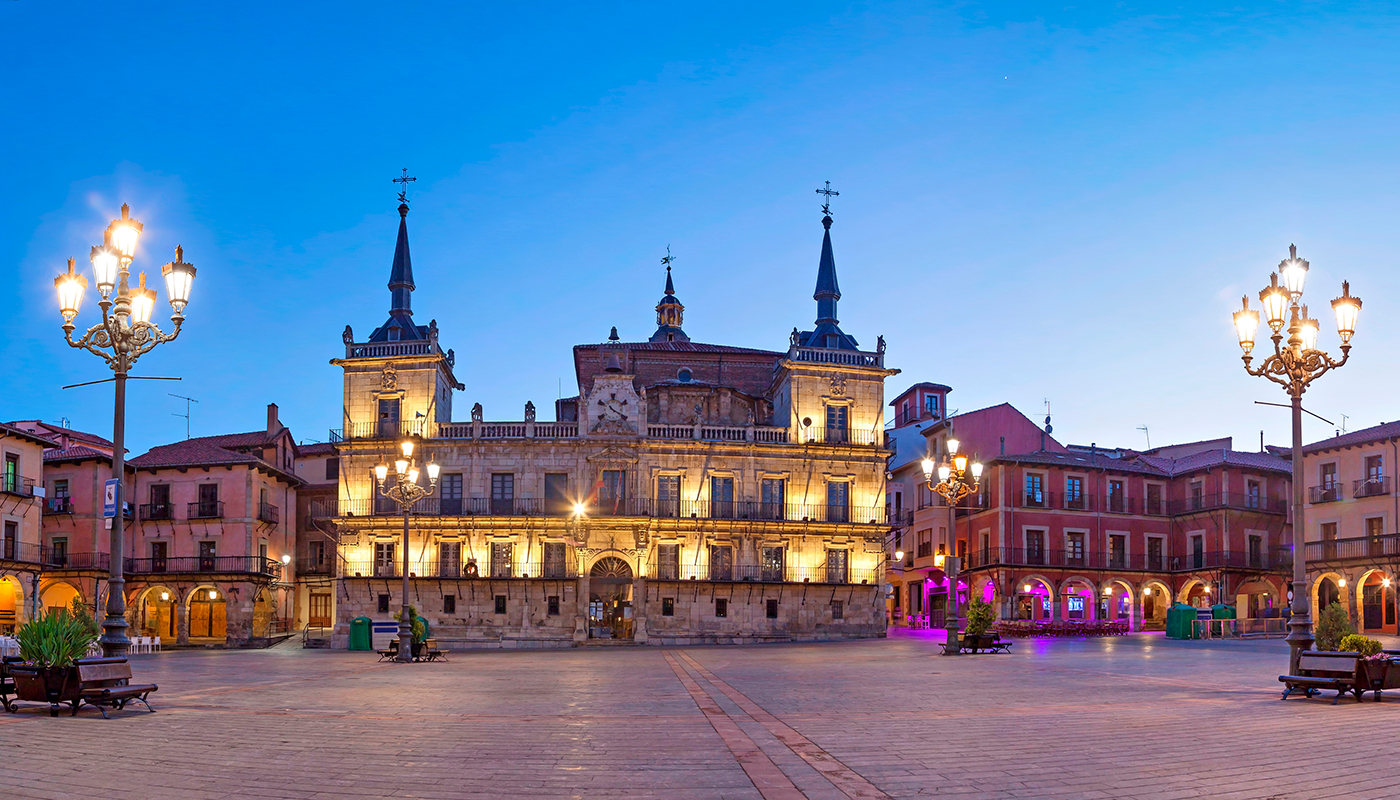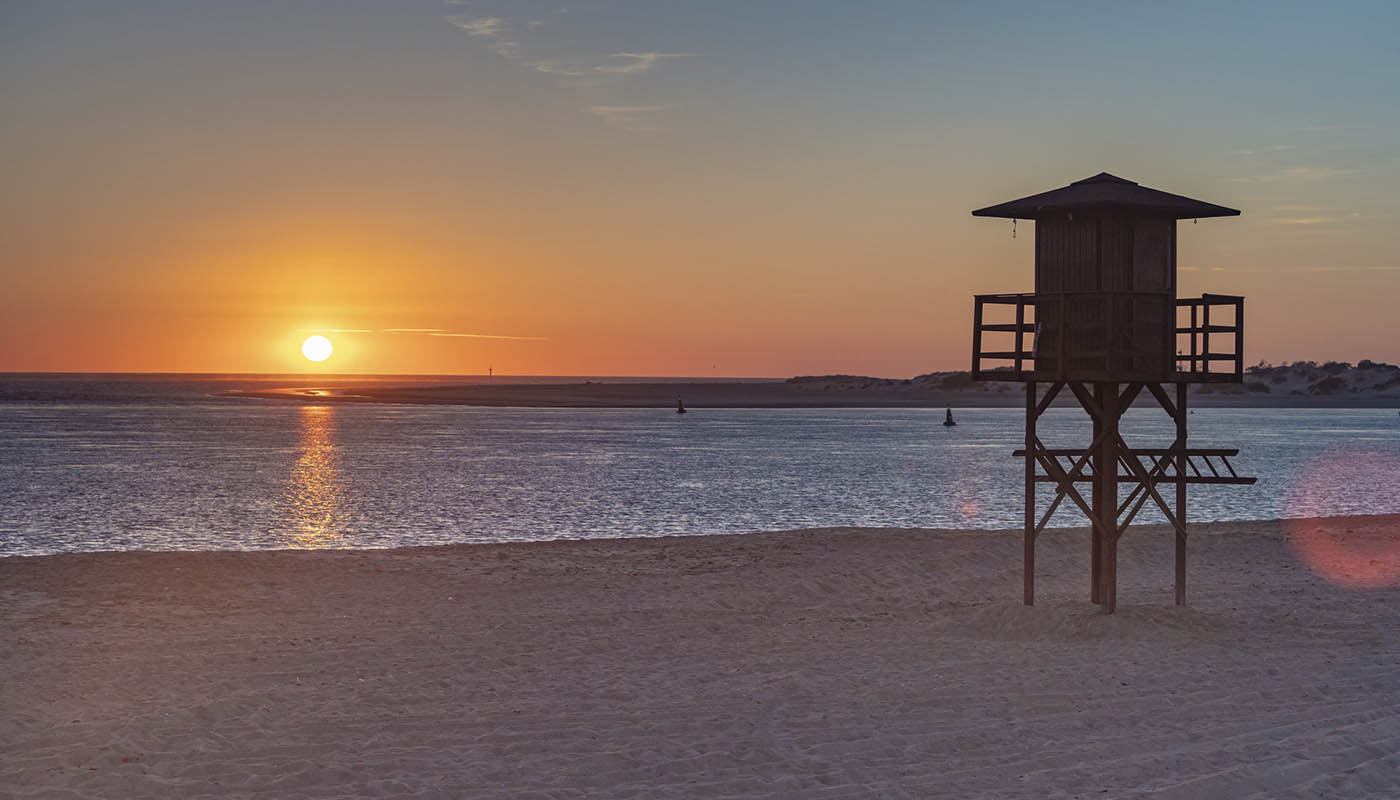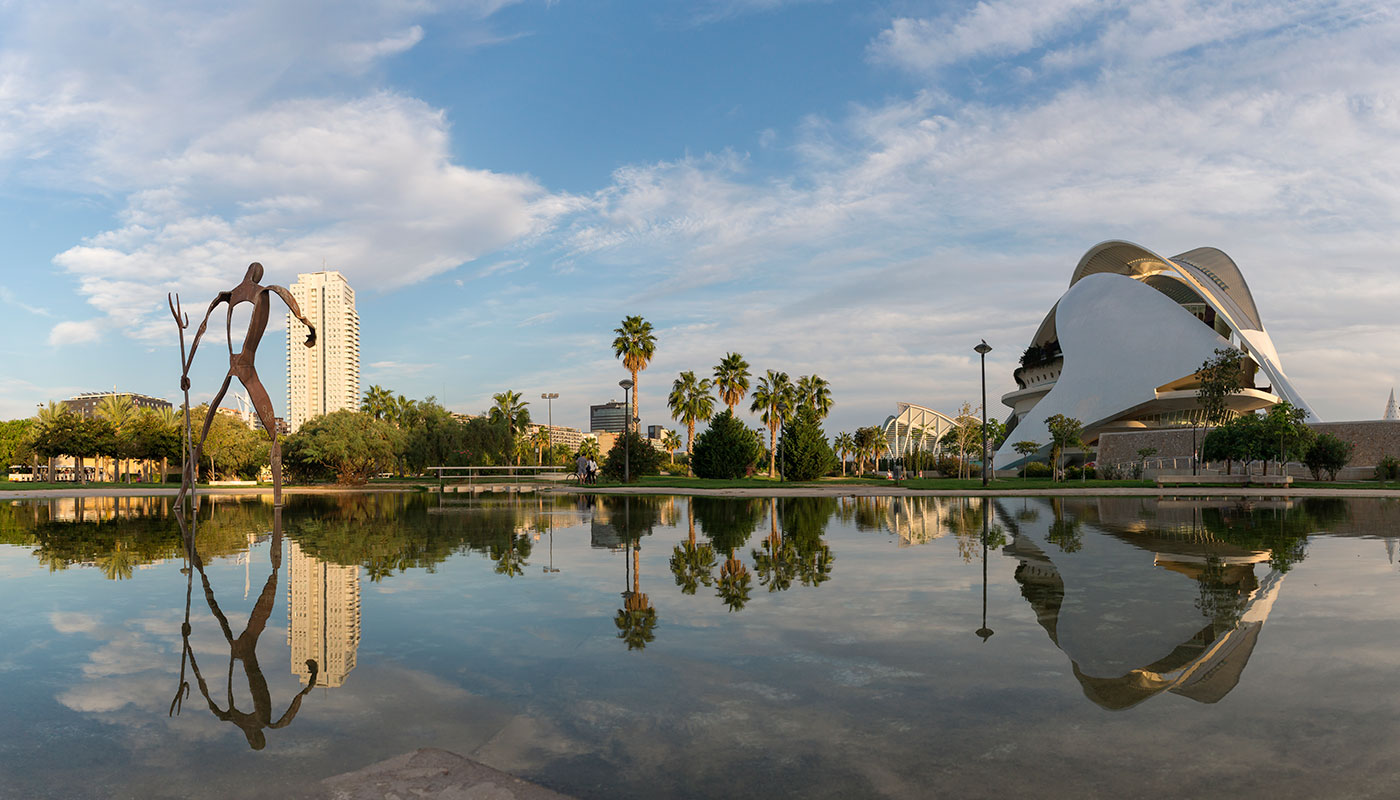Chiaravalle Abbey takes its name from the French village of Clairvaux in Burgundy, the homeland of the first Cistercian abbeys. Saint Bernard founded Chiaravalle Abbey in 1135 and helped to give the Cistercian order prominent status in the Church hierarchy.
Cistercian monks inhabited the area from the 12th century onwards and drained the surrounding marshy land to obtain fertile land that could be used to grow crops. Thanks to their work, a small village grew up around Chiaravalle Abbey populated by people who worked its lands, providing a considerable economic boon for Milan. The abbey is also one of the earliest examples of the French Gothic in Italy.
Revolutionary doctrines at Chiaravalle Abbey
Chiaravalle Abbey earned legendary fame from the 13th century onwards thanks to the revolutionary doctrines of an Italian noblewoman, daughter of king Ottokar I of Bohemia. Guglielma of Bohemia (Anglicised as Wilhelmina) lived in a tiny room in the monastery and dedicated her life to preaching a feminist vision of Christianity in which she foresaw her reincarnation as the Holy Spirit. This led to the start of fresh stage at the church, which would later be run by women.
Guglielma’s alternative vision of the message of Christ spread over centuries, and groups dedicated to her cult flourished beyond Milan. The Inquisition inevitably got involved: it persecuted and executed her followers, also disinterring, burning and scattering the remains of Guglielma outside Chiaravalle Abbey, where she had been buried. Despite this, she continued to be worshipped in Italy and the abbey always kept the sacred honour of having been her home and the place where she took holy orders before her death and burial in the building’s cloister.

A historic abbey and haven of peace outside Milan
Areas of interest at the abbey you should see on your visit include:
- The complex of monastic buildings is entered through a 16th century tower that was built on the orders of Luis XII, and the entrance is decorated with 17th century grilles. The Oratory of Saint Bernard is next to the tower and contains one of the temple’s many frescoes, Christ before Pilate.
Before entering the abbey church, you’ll pass through an elegantly laid out courtyard; a small church stands next to it that dates from 1412 and was converted into a pharmacy in the middle of the 18th century. The 16th century entrance is decorated with wooden relief sculptures of four saints: Robert, Alberic, Stephen and Bernard.

- The impressive bell tower of Chiaravalle Abbey rises up from the church tiburio or lantern tower where the transept and nave meet. It has two octagonal sections that are richly decorated with elegant half circle arches and Lombard bands. The tower is over 56 m tall and is famous for its unique shape.
- The abbey is particularly famous for its wealth of frescoes; many have been restored and are in a good state of conservation, such as the Madonna della Buonanotte by Bernardo Luini, who was part of Leonardo da Vinci’s circle and collaborated with the Renaissance master on several projects. Another impressive mural painting is the Fiammenghini, which portrays (with appalling realism) the martyrdom of Cistercian nuns at Vittavia Monastery.
- Cloister and chapterhouse. The chapterhouse is next to the cloister and contains drawings attributed to Donato Bramante, who designed and started construction on the Basilica of Saint Peter’s. It also has bronze sculptures designed by Lorenzo Lotti, who was part of renowned genius Rafael’s circle, among other frescoes and scenes.
The cloister dates from the 13th century and is one of the most enchanting parts of the abbey. Austere, with lovely domes and pointed arches, its slim columns are decorated with masterful representations of plants and animals. It was a space where monks would come to meditate, and visitors can do the same today.

History of Chiaravalle Abbey
Building work started on Chiaravalle Abbey in 1150 following designs that had previously been used by the Cistercians in their temples: a Latin cross-shaped floor plan with a nave, side aisles, transept and a straight apse with three smaller chapels. The exterior was built in brick, the main construction material used in the Lombard Romanesque, but the abbey also went on to incorporate early elements and features of the French Gothic in Italy. Saint Bernard was the nexus between a style that came to revolutionise French architecture and its arrival in Italy.
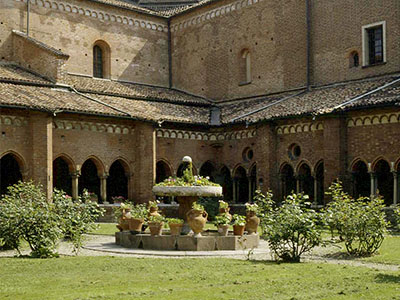
At the time when Chiaravalle Abbey was founded, Christianity was in upheaval with two popes set against one another. Lombardy defended antipope Anacletus II, while Milan supported Pope Innocent I. In 1135, Bernard of Clairvaux travelled to the area to support the Pope and the Cistercian monks who had settled there, who hoped to end the war between Milan and the region of Lombardy. As a reward for its services, the city promised the order an abbey. Saint Bernard was responsible for managing the works and he selected an area of marshy land on the outskirts of the city.
Building work began fifteen years later, in 1150, and continued until 1221; the monks lived in provisional homes and buildings until it was ready. In 1221, Henry of Settala, bishop of Milan, opened Chiaravalle Abbey and dedicated it to the Virgin Mary. An inscription that pays tribute to this historic moment can be found in a stone at the north-west corner of the cloister that reads:
In our year of grace 1135 this monastery was built by blessed Bernard, abbot of Claraval. On 2 May 1221, this church was consecrated by Henry, archbishop of Milan, in honour of Saint Mary of Chiaravalle.
Useful information
Website:
Milan Tourism (http://www.turismo.milano.it/wps/portal/tur/es/arteecultura/architetturaemonumenti/abbazia_chiaravalle)
Chiaravalle Monastery (https://www.monasterochiaravalle.it/)
How to get to Chiaravalle Abbey:
The abbey is in Parco Agricolo Sud Milani, 10 km from the centre of Milan.
- By train. Take the train from Milano Porta Garibaldi to Milano Rogordeo station. From here, take bus 140 from Piazza Mistral to the abbey. The journey takes between 25 and 30 minutes.
- By bus Take bus 77 from Milano Rogoredo, which leaves from Brenta MM3 and stops in front of the abbey. The journey takes 20 minutes.
Opening times:
- Tuesday to Saturday: From 9 a.m. to 12 p.m. and 2.30 p.m. to 5.30 p.m.
- Sundays: From 2.30 p.m. to 5.30 p.m.








